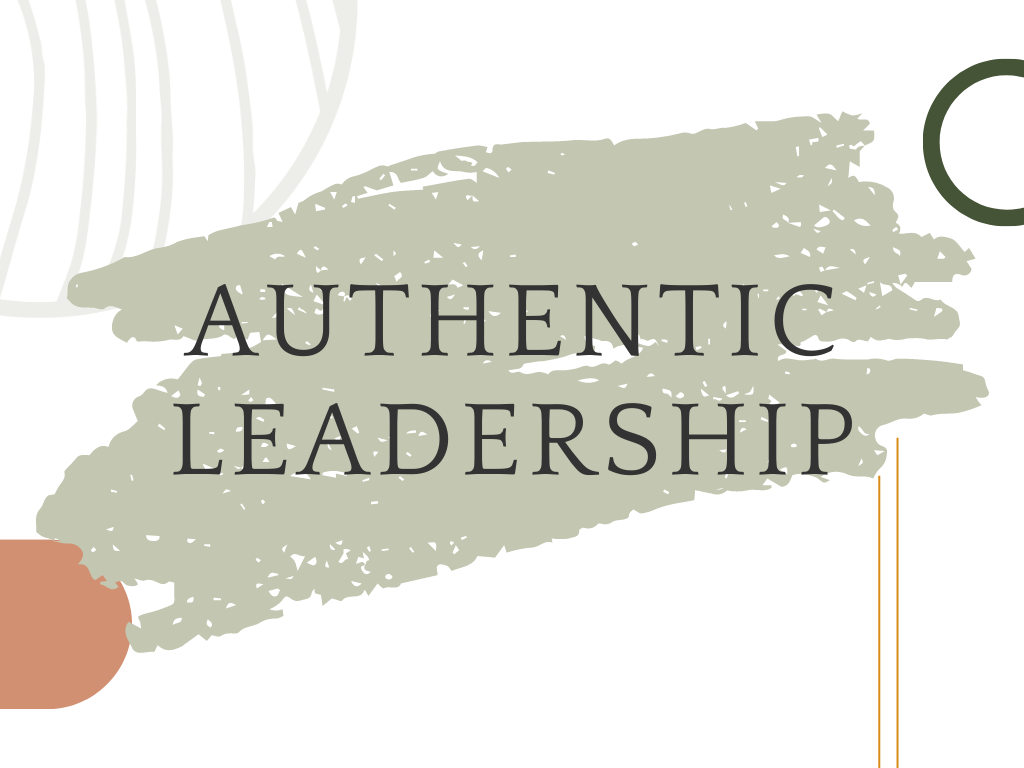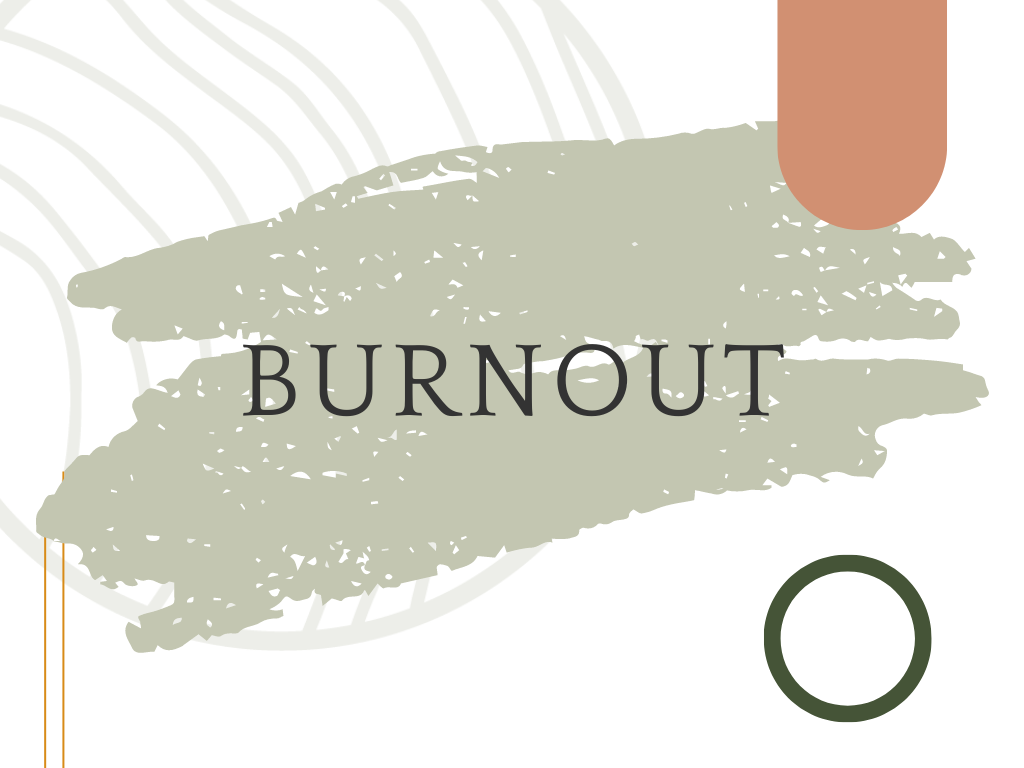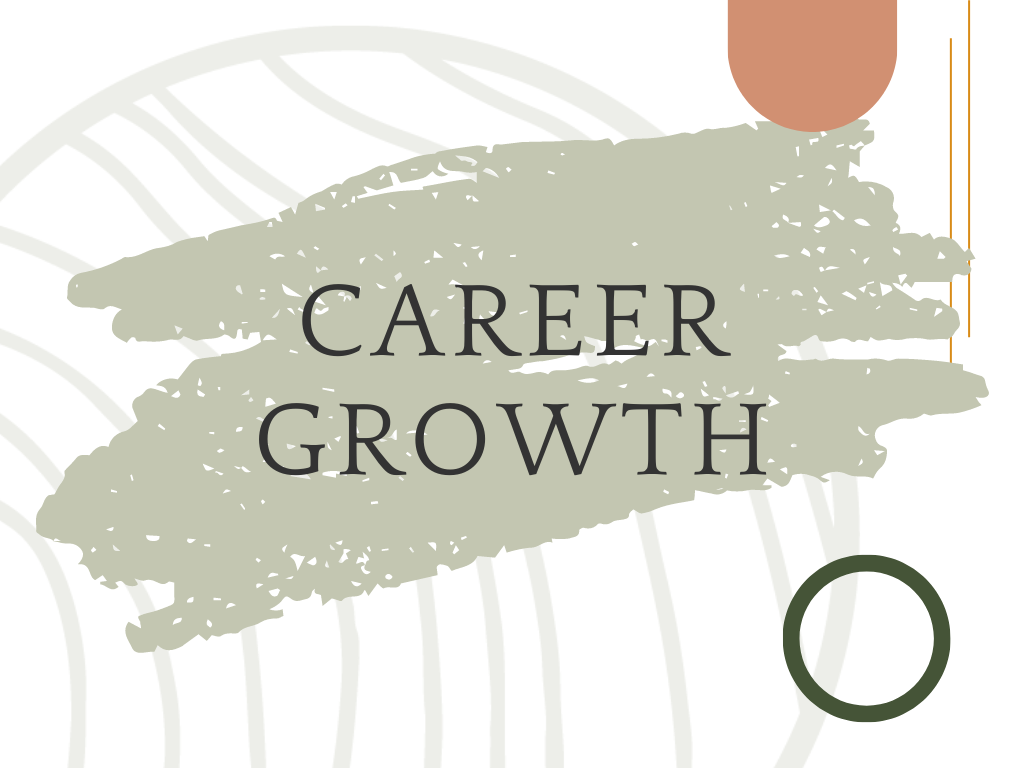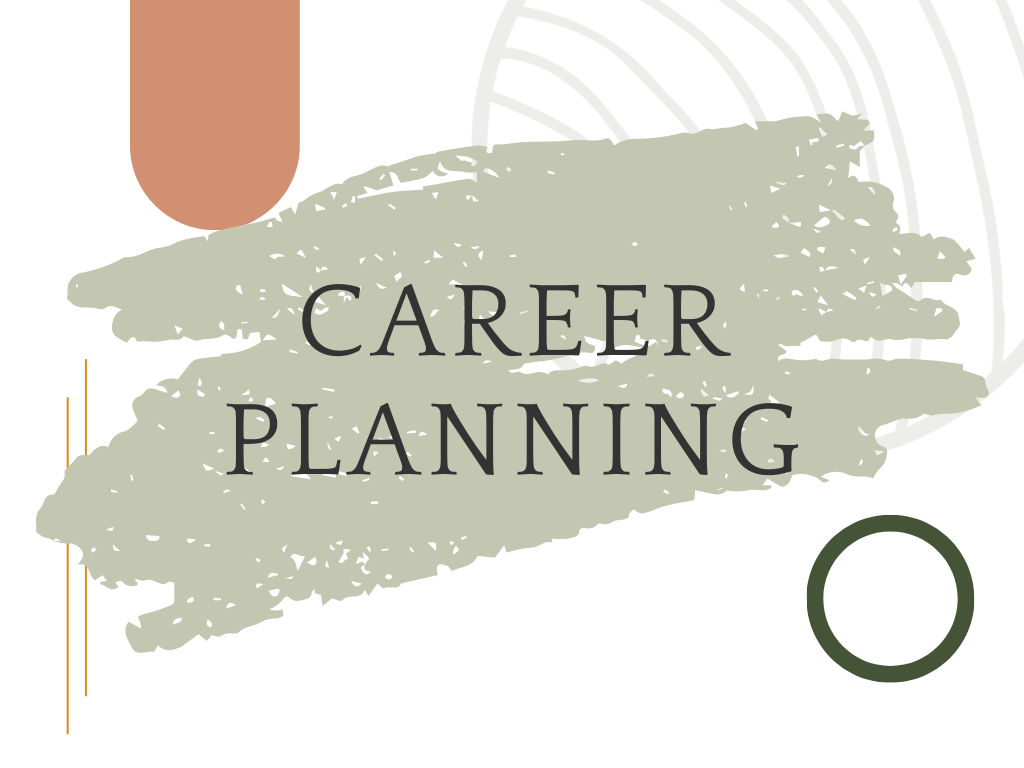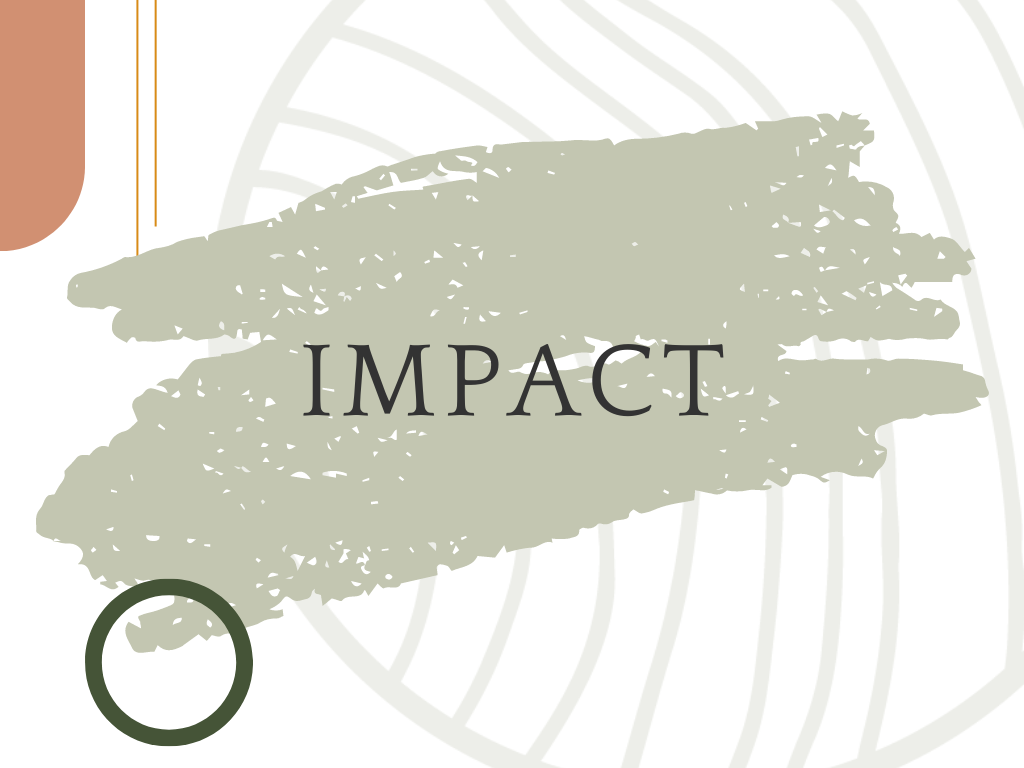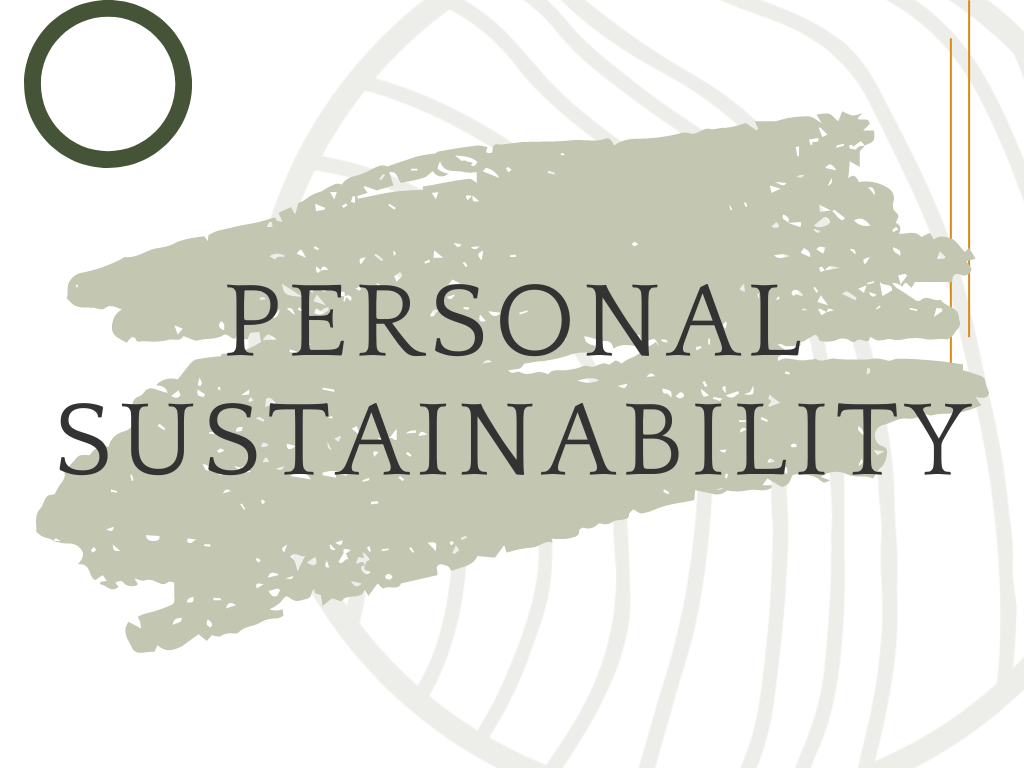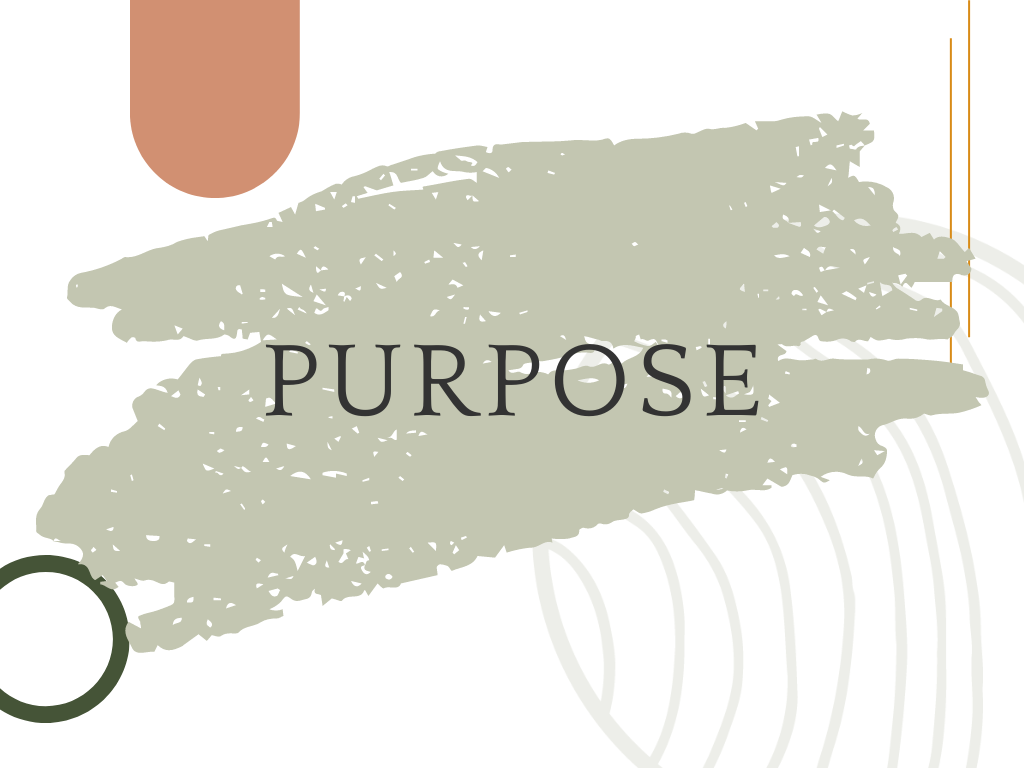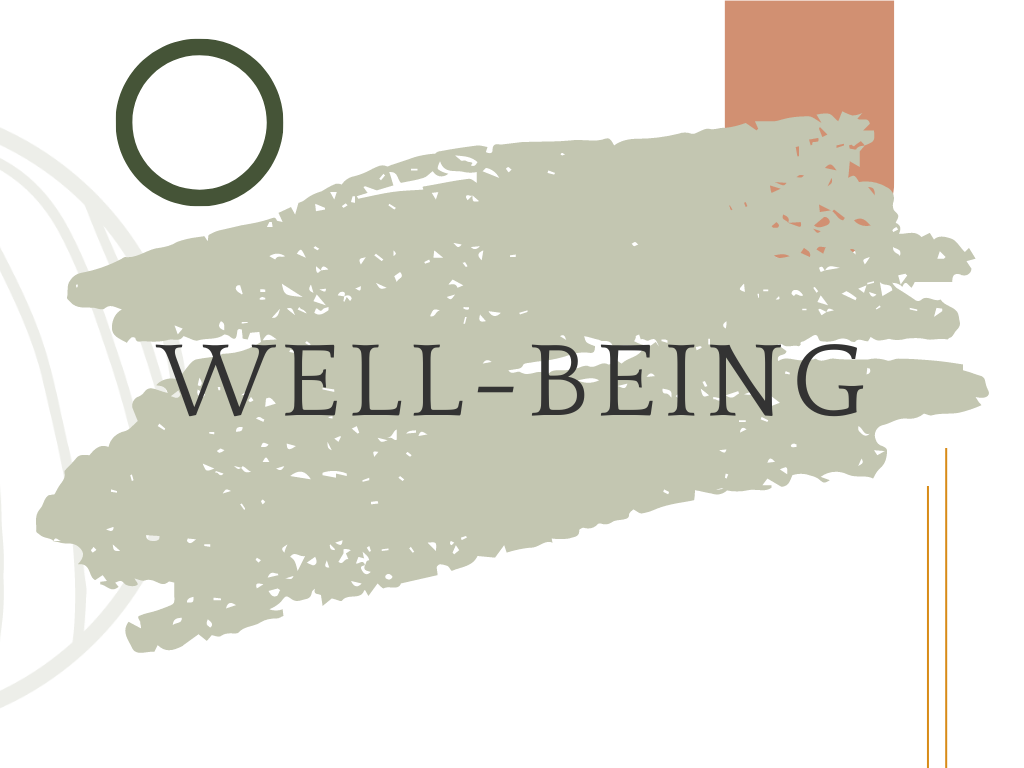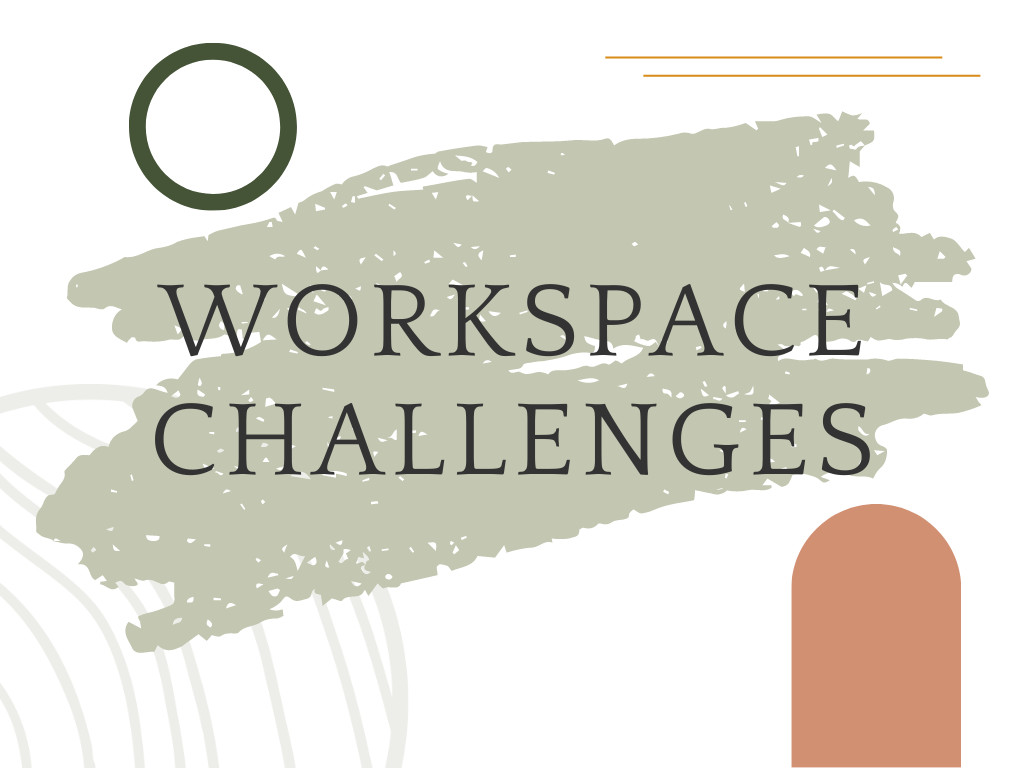
Start your journey to personal sustainability, discover well-being strategies, and achieve balance and happiness now!
Blog
What do you want to explore today?

It’s time for managers to focus on well-being – not just burnout.
The past few years have reminded us that well-being is not a luxury—it is essential. Burnout, stress, and blurred boundaries between work and life have exposed how deeply our personal and professional well-being are connected. Yet many workplaces still treat them as separate.
True well-being goes beyond wellness programs or gym stipends. It encompasses career satisfaction, meaningful relationships, financial stability, physical health, and a sense of community. When organizations prioritize these elements, engagement, performance, and fulfillment rise together. Supporting the whole person is no longer optional—it is the foundation of a thriving, resilient, and sustainable workforce.

Want to be more compatible with your co-workers? Know their communications style.
Most workplace challenges come down to one thing: poor communication. Misunderstandings, missed deadlines, and strained relationships often stem from mismatched communication styles, not from a lack of effort. We are communicating more than ever, yet often connecting less.
Building communication compatibility begins with understanding how others prefer to interact. Instead of relying on your own style, ask yourself how your colleague receives information, makes decisions, and builds trust. When you adjust your approach to meet others where they are, collaboration strengthens. Communication is not about talking more—it is about listening better and aligning with intention.

How We Fail To Create New Habits — and What Works Better
Lasting change does not come from willpower or massive action—it comes from small, consistent steps. Many people believe transformation requires a grand overhaul, but research and experience tell us otherwise. Meaningful progress happens when you focus on being just one percent better each day.
Whether it is exercising for ten minutes, meditating for three, or carving out time for focused work, these small acts compound over time. You may not notice the difference right away, but the results are accumulating beneath the surface. Change is not instant; it is a steady unfolding built on persistence, patience, and aligned intention.

Craft Your Career Around Your Strengths – Not Your Passions
Several years ago I realized passion alone was not enough. I cared deeply about environmental work, yet much of my day left me drained. Taking the Clifton Strengths assessment revealed the gap. My talents were not used, so even tasks felt heavy. When I shifted into coaching, I operated in my strengths zone and energy returned.
A strength begins as a talent and grows with knowledge and skill. When we design work to use strengths, engagement rises and fulfillment follows. Craft a role around activities that fit how you influence, relate, think, and act. Invest in strengths and manage weaknesses.

What Not to do When Figuring Out Your Life Purpose (& What to do Instead)
A purpose-driven life is one rooted in meaning rather than mere achievement. It is about belonging to something beyond yourself, expressing your unique strengths, and making a positive impact in everyday moments. Purpose is not a destination or a single grand calling; it unfolds through the choices, relationships, and contributions that give your life direction and fulfillment.
A purpose-driven career grows from the same foundation. It is work that aligns with your values, leverages your strengths, and creates a sense of contribution and energy. When your daily actions reflect who you truly are, purpose naturally follows—and so does fulfillment.

How We are Failing the Nonprofit Workplace
After decades of managing and coaching within the nonprofit sector, one thing is clear: our traditional style of management is no longer working. The workforce has changed dramatically—more diverse, more intergenerational, and more remote—yet many leaders continue to rely on outdated management practices that fail to engage staff.
Today, only a small fraction of employees are truly engaged in their work. Engagement is not about perks or performance reviews. It is about helping people do meaningful, fulfilling work that uses their strengths. When nonprofits invest in engagement, they unlock human potential—and with it, far greater impact on the causes that matter most.

Make the Holidays Work for You: Your 16-Tip Guide to Beat the Stress, Relax, and Recharge
The holidays can be joyful, yet they also bring exhaustion, expectations, and emotional strain. Between family dynamics, year-end deadlines, and financial pressures, it is easy to lose sight of what this season truly means. The key is to design your holidays intentionally—focusing on what matters most and releasing what does not.
Slow down, simplify, and create space for gratitude, connection, and rest. Protect time for yourself, set clear boundaries, and remember that joy is found in small, meaningful moments, not perfection. When you enter the new year grounded and restored, you give yourself the greatest gift of all—peace.

What sets great managers apart?
The best managers know that great leadership is not about fixing weaknesses but about amplifying strengths. Every person brings unique talents to the table, and when those strengths are recognized and intentionally applied, performance, accountability, and innovation thrive.
Strengths-based management begins with curiosity. Ask your team what energizes them, when they feel most effective, and how they learn best. Align their natural talents with meaningful work, and you’ll unlock both confidence and results. When individuals are encouraged to do more of what they do best, teams become stronger, trust deepens, and everyone’s impact grows.

Work Smarter: Get Off Auto-Pilot and Create a Productive Work Day
If you often end your day feeling like you worked nonstop but accomplished little, you are not alone. Constant emails, back-to-back meetings, and endless notifications keep you in reaction mode. Your brain is pulled in a hundred directions, and by evening, you feel drained but unfulfilled.
Most of us are running on auto-pilot. We move from one task to the next without intention, consumed by information overload and digital distractions. Regaining focus begins with awareness. When you pause, reflect, and choose your next action with purpose, you reclaim your time, your clarity, and ultimately, your impact.

Grow Your Career and Seize Your Success: 18 Questions to Ask as You Career Plan
If you aren’t intentionally steering your career, it will move forward on its own—and not always in the direction you want. Career planning is not about rigidly mapping every step but about making thoughtful choices that align with your strengths, values, and goals.
When you pause to reflect on what success looks like for you, the right opportunities begin to take shape. Ask yourself where you want to grow, what truly motivates you, and how your work fits with your desired lifestyle. Aiming your career with clarity turns uncertainty into direction and progress into purpose.

Create Your Own Brilliant Morning Routine – Grab Your FREE Workbook Here!
How you begin your morning can shape your entire day. A calm, intentional start sets the tone for focus, productivity, and balance. Even a simple 15-minute routine can help you feel grounded, prepared, and in control before the day’s demands begin.
A morning routine is not about perfection. It is about creating space to center yourself, reflect, and set clear intentions. Whether it is journaling, stretching, or enjoying a quiet cup of tea, those first moments can transform how you show up. When you give yourself time in the morning, you create better days—and ultimately, a better life.

Setting Goals isn’t Enough: 6 Strategies to Get What You Want
So many of us set meaningful goals but still struggle to move forward. It is not usually the goal itself that holds us back but the strategy and mindset behind it. Whether it is finding more balance, changing careers, or prioritizing self-care, progress begins with small, intentional steps.
Lasting change rarely comes from massive leaps. It comes from small wins that build confidence and momentum over time. When you shift your mindset, clarify your “why,” and take one step at a time, you start to build trust in yourself again. Movement, even imperfect movement, is what breaks the cycle of stuck.

End Overwhelm and Stress at Work: Mindfulness Practices that Take Less than 5 Minutes
In a world flooded with information, it’s easy to feel distracted, anxious, and constantly behind. Emails, notifications, and endless demands can leave us running on autopilot. Mindfulness offers a way to pause and regain control of your focus, energy, and calm.
Mindfulness is not about emptying your mind. It is about paying attention—being aware of what is happening within and around you. By taking short moments throughout your day to breathe deeply, notice your posture, or savor your lunch, you strengthen your ability to stay grounded and intentional. A few mindful minutes can completely change how you experience your day.

Need More Time? Try these 23 Productivity Tips and Create More Time for You.
Time is one of our most valuable resources, yet many of us treat it as if it were limitless. Between meetings, messages, and endless obligations, our relationship with time often feels strained and reactive. The truth is, with intention and planning, it is possible to reclaim control and create more space for what truly matters.
Simple strategies such as planning your day, blocking time for priorities, reducing distractions, and setting boundaries can help you regain as much as ten extra hours a week. By designing your schedule intentionally, you can turn time from a source of stress into a trusted ally.

How to Create Your Own Brand of Authenticity in the Workplace: 5 Questions to Get Started
Authenticity at work is more than a trend; it is a key driver of creativity, trust, and well-being. Yet many professionals struggle to understand what it truly means to “bring their real selves” to the workplace. Culture plays a powerful role in shaping how much of ourselves we show, and the pressure to fit in often overshadows the desire to be genuine.
Being authentic starts with self-awareness. Ask yourself what parts of your identity you may be covering and what feels true to share. Authenticity grows in small, intentional steps, leading to deeper relationships, greater confidence, and genuine fulfillment at work.

How to Unearth Your Strengths and Find Career and Life Fulfillment
Most people confuse skills with strengths, but the two are very different. A strength is not simply something you are good at; it is something that feels instinctive, energizing, and natural. When you use a strength, time seems to disappear, and you finish with more energy than you started with.
Discovering your strengths requires reflection. Ask yourself when you feel most alive, what others admire in you, and what success means to you. Pay attention to the activities that make you feel powerful and engaged. The more you invest in your natural strengths, the more fulfilling your career and life become.

